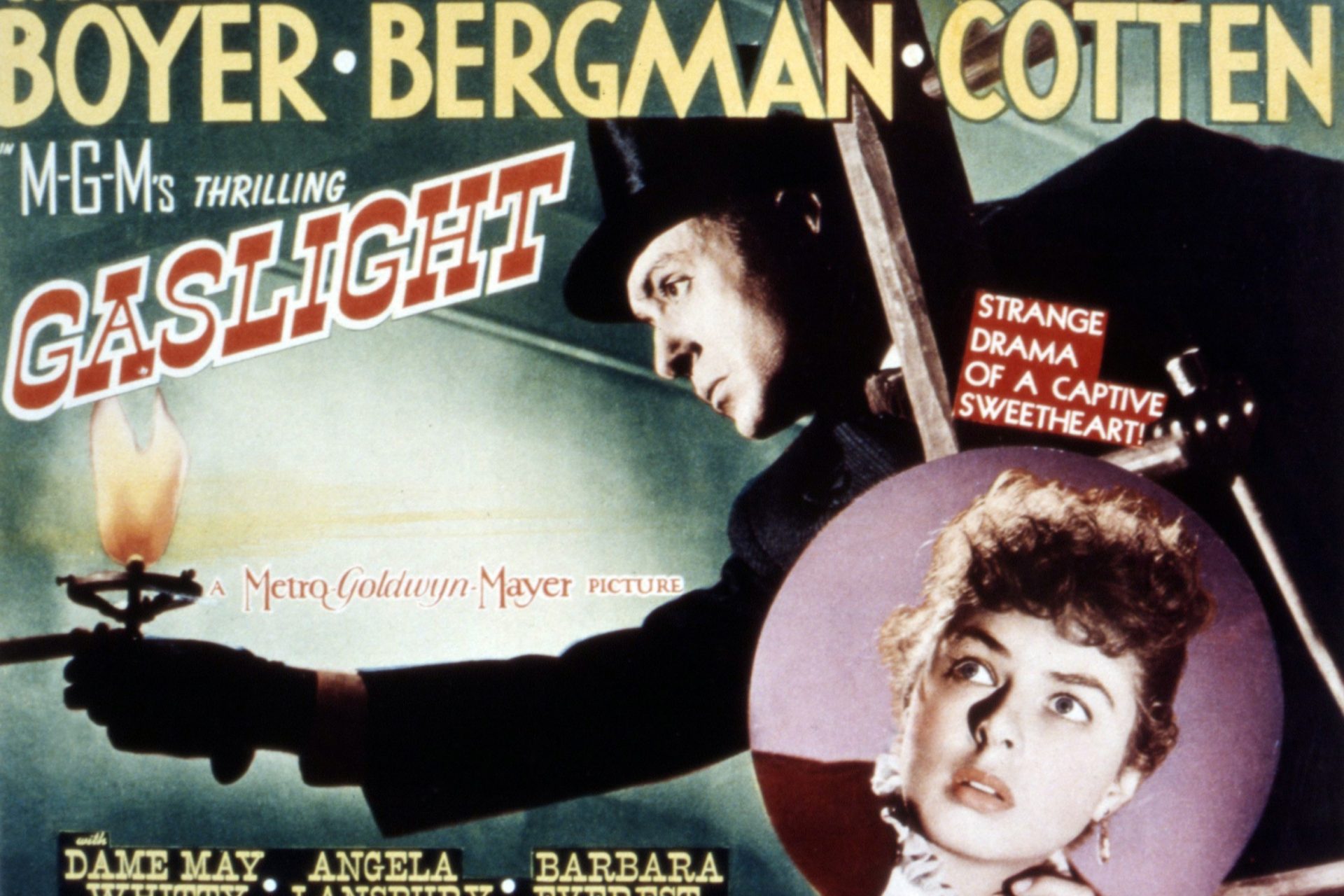The rise and fall of Hollywood's first sex symbol, Theda Bara
You may have never heard of her, but Theda Bara was one of Hollywood’s first big stars, alongside famous names of her day like Charlie Chaplin. She is also considered the movie industry’s first sex symbol — a vamp, a femme fatal using her female powers to lure in men, and destroy them.
Our star was born in 1885 in the unassuming city of Cincinnati, Ohio. Her dad was a Jewish tailor from Poland, and her mom was born in Switzerland. She loved cinema as she grew up and dreamed of being a star.
Image: Promotional photo printed in St. Louis Globe-Democrat, 1916 / Wikimedia
In 1908, after doing some local theater, she moved to New York to try and make it as an actress. She made her Broadway debut that same year, but she struggled to find further success until she set her sights on film.
Before WWI, the “prestigious movies” of the early age were all made in Europe. In the US, the industry tended to focus on literally disposable flicks that would run for a few days with nameless actors. But the war shifted the film industry to the US, and that’s when Bara appeared in her first movie.
Image: Wikimedia
She first got on screen in 1914 through the director Frank Powell. She padded her resume and said she was 24, not 29. He tested her with a minor role in ‘The Stain’ and noticed she had a charisma that the camera loved. Movie producer William Fox signed her to a five-year contract for $100 per week.
Image: 'The Stain' (1914), Pathé Frères
Fox basically hired her to star in ‘A Fool There Was,’ a silent film where a vampire woman charms men and ruins their lives. It popularized the word ‘vamp’ to describe a mysterious femme fatal who uses her feminine power to exploit men.
For ‘A Fool There Was,’ Fox’s publicity team decided to sell the star as an Egyptian woman of mystery. The publicists told media that Theda Bara was born in Sahara, in the shadow of the Sphinx, to a some variety of an Arab Sheik and a French actress. They said she was also an accomplished star in Paris, rescued by Powell before the war broke out.
‘A Fool There Was’ became one of the ten most profitable films of 1915, making Theda an overnight star. As Fox felt like he had found a formula that worked, he cast her in the vamp role in more productions with titles like ‘Sin’ and ‘Destruction.’ In 1915 alone, she was in 10 movies.
Image: Theda reading fanmail
Amid her vamp roles, her part in ‘Carmen’ allowed her to depart from her man-eating persona and step into a more serious role. The film was based on the novella of the same name by Prosper Mérimée, which also inspired the opera. The film was another of the year’s best-performing movies.
Advert: Motion Picture News, Vol 12, No. 18, Nov. 6, 1915
Publicists continued pushing her otherworldly persona to the media. They even hired a phrenologist to say she had “the muscular system of a serpent,” said her name was an anagram for “Arab Death” and sold her as the reincarnation of “wicked” women of the past like Delilah from the bible.
She became so popular and enchanting that Italian inventor Nikola Tesla famously promised to send her image to Mars.
According to her biographers, she got bored of playing the same femme fatal roles and wanted to take on more diverse parts. She said the filmmaking at the time was like making hotdogs in a factory. But when she did play non-vamp roles, her movies tended to bomb, which historians say could be partly because the studio didn’t promote them.
Her persona and real life as an Ohio bookworm were so distinct that the producers rented her a hotel room in New York that they covered with scarves, occult images and anything else that jived with her exotic persona. There, she would meet with journalists and tell them lies about her life. In reality, she lived with her mother, brother and sister an a different home she bought in New York.
While Bara’s invented lifestyle may seem progressive for the time — she even called herself a “feministe” who wanted to balance the gender scales — film historians say she was just reading a script invented by film executives who wanted to turn her into a cautionary tale about the dangers of empowered women.
Bara’s wardrobe was rather scanty when making films like ‘Cleopatra’ (1917). But, at that time, movies had no centralized regulations around clothing or a lack thereof. Censors were instead local, so getting censored in one city would create headlines and boost sales in another where the full film was screened.
Image: Publicity photo of Theda Bara for the American film Cleopatra (1917) / Wikimedia
‘Cleopatra’ was a huge hit, as were her other movies. But the end of the war and the beginning of the Spanish flu pandemic cleared out cinemas. Some of her films began to get ignored or had bad reviews. Theda also lost interest, insisting on finding a non-vamp script.
Photo: Theda Bara in one of her famous risque costumes in a promotional still from the 1917 film 'Cleopatra,' which has since been lost / Wikimedia
Theda finally found a part playing “a nice little Irish girl” that she was sure would be a game-changing role for her image. However, it made Irish-American groups furious that the lead didn’t go to an authentic Irish woman. The screenings caused protests, even riots in theaters. Theda got death threats, and the film was eventually pulled from theaters.
Image: 'Kathleen Mavourneen' (1919), Fox Film Corporation
By 1920, Theda’s gothic vamp look, voluptuous body and otherworldly aesthetic were out of style. The flapper look, diametrically opposed to Theda’s, embodied the new fashion of the 20s.
In 1920, she returned to Broadway in ‘The Blue Flame.’ Her role was lambasted by critics but the show was sold out as crowds flocked to see the star’s bad performance. However, she was a producer, so the part made her a lot of money.
Image: Publicity photo for 'The Blue Flame,' New-York Tribune, 15 February 1920 / Wikimedia
After Broadway, she married the film director Charles Brabin, who she met during the filming of ‘Kathleen Mavourneen.’ According to her biographers, he discouraged her from returning to work as an actress. They had no children but had two large homes in Cincinnati and Nova Scotia.
Photo: Theda Bara and her husband, film director Charles Brabin, in 'Photoplay Magazine,' June 1922 / Wikimedia
In total, she made more than 40 films, but in 1937 a fire in the vaults of Fox destroyed the majority of her work, which was saved on highly flammable nitrate film. Complete prints of just a couple of her main projects remain, most notably ‘A Fool There Was.’ Most of what's remembered of her screen roles comes from still images taken between shooting.
After a long retirement, Bara died in Los Angeles of stomach cancer. At the time, her legacy was mostly tarnished. However, in recent years, her importance has been revived by those who appreciate the earliest history of American film and the treatment of women in that period. In 1994, she was honored with a US postage stamp. In 2006, a New Jersey street was named after her.

































